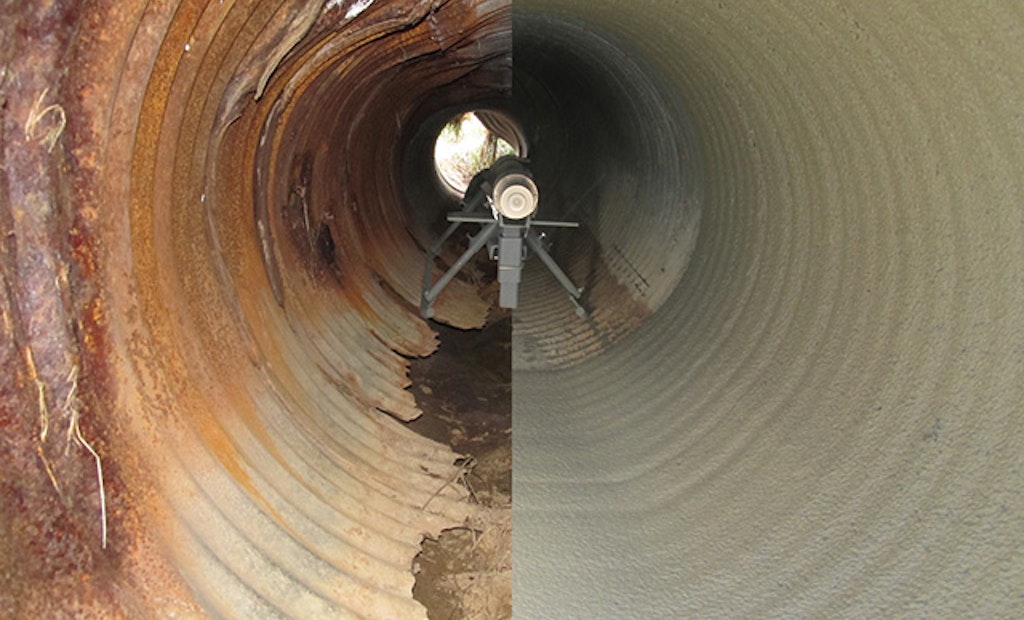With the world’s population constantly growing and urbanization on the rise, the demand for essential resources like water and energy is higher than ever. This has put tremendous pressure on existing pipelines, which are essential for transporting water, oil, and gas across vast distances. Many of these pipelines were built decades ago and are now deteriorating due to corrosion, leaks, and cracks. Thankfully, pipeline rehab coatings have emerged as a sustainable and cost-effective solution for restoring and extending the lifespan of aging infrastructure.
Understanding the Challenges
Pipelines are subject to various challenges that lead to their degradation over time. One of the major issues is corrosion, which occurs due to the contact between metal and the surrounding environment. Corrosion not only weakens the structural integrity of pipelines but also leads to leaks, resulting in loss of valuable resources and environmental damage. Additionally, cracks and other forms of damage can occur due to external factors such as freeze-thaw cycles, seismic activities, and heavy traffic loads.
The traditional approach to addressing these issues involved replacing the entire pipeline, which is both time-consuming and expensive. Not only does this disrupt the flow of resources, but it also has negative environmental impacts. However, with the advent of pipeline rehab coatings, these challenges can be effectively tackled in a sustainable manner that reduces costs, minimizes downtime, and extends the useful life of the infrastructure.
Pipeline Rehab Coatings: The Solution
Pipeline rehab coatings refer to the application of protective coatings on the interior and exterior surfaces of pipelines to prevent corrosion, seal leaks, and repair damage. These coatings act as a barrier between the metal surface and the surrounding environment, effectively mitigating the effects of corrosion and preventing further degradation.
One of the most widely used pipeline rehab coatings is epoxy-based coatings. These coatings provide excellent adhesion to metal surfaces and offer exceptional corrosion resistance. Epoxy coatings also have higher tensile strength, allowing them to withstand external stresses and strains. Another advantage of epoxy coatings is their ability to be applied in various thicknesses, depending on the severity of the pipeline’s degradation.
Polyurethane-based coatings are another popular choice for pipeline rehab. These coatings are known for their excellent resistance to abrasion, chemicals, and weathering. Polyurethane coatings also have a high elasticity, allowing them to expand and contract with the pipeline’s movements without cracking or peeling. This flexibility is particularly crucial in regions with extreme temperature variations.
Advantages of Pipeline Rehab Coatings
Improved Durability: By applying pipeline rehab coatings, the lifespan of aging infrastructure can be significantly extended. These coatings provide a protective layer that prevents further corrosion, leaks, and cracks, allowing the pipeline to function optimally for many more years. This reduces the need for costly and disruptive pipeline replacements.
Cost-Effective Solution: Pipeline rehab coatings offer a cost-effective alternative to traditional pipeline rehabilitation methods. The application of coatings requires less labor and time compared to complete replacements. Furthermore, the reduced frequency of repairs and maintenance translates to long-term cost savings.
Environmental Benefits: Rehabilitating pipelines with coatings is a sustainable solution that minimizes environmental impact. By preventing leaks and spills, these coatings protect valuable resources and safeguard surrounding ecosystems. Additionally, their longevity reduces the consumption of raw materials and energy required for pipeline replacements.
Fast and Efficient Process: Coating application is a relatively quick and efficient process. Modern technologies, such as robotic systems, can be used to automate the coating application, resulting in consistent and high-quality finishes. This minimizes downtime and disruption to the flow of resources through the pipeline.
Conclusion
Pipeline rehab coatings have emerged as a sustainable and cost-effective solution for addressing the challenges faced by aging infrastructure. By preventing corrosion, sealing leaks, and repairing damage, these coatings significantly extend the lifespan of pipelines. They offer numerous advantages including improved durability, cost savings, environmental benefits, and efficient application processes. As the demand for water, oil, and gas continues to rise, pipeline rehab coatings are playing a crucial role in maintaining the integrity of this vital infrastructure. It is clear that investing in these coatings is a step towards a more sustainable future.
Pipeline Rehab Coatings: A Sustainable Solution for Aging Infrastructure


Can I simply say what a comfort to find somebody who actually understands what theyre discussing on the web. You actually know how to bring an issue to light and make it important. More people have to look at this and understand this side of the story. I was surprised that you arent more popular because you most certainly have the gift.